One of the great comic novels of the 20th century is Joseph Heller’s Catch-22, set in the European theatre of World War II.
The term “Catch-22” refers to a classic exemplar of bureaucratic logic: If you were insane, you could be exempted from flying hazardous bombing missions; but if you wanted to avoid flying these same hazardous bombing missions, it was prima facie evidence that you wanted to preserve your life...which meant that you were sane. As soon as you asked to be grounded out of concern for your safety, Catch-22 ensured that you would immediately be sent on more bombing missions.
As shorthand for circular logic that creates unwinnable situations, Catch-22 has become a part of the English language. The book is filled with examples of its myriad applications.
In addition to Yossarian, the bombardier who occupies center stage in the novel, one of the unforgettable characters is Milo Minderbinder, the unabashed über-capitalist mess officer. Minderbinder creates a trading syndicate, initially to help procure supplies for the mess hall, but which evolves into going to ever more ridiculous lengths to make a profit. He is the embodiment of the Amoral Businessman, trading on the black market and somehow making money, no matter how ridiculous the trade. Milo’s syndicate even begins contracting missions for the Germans, which leads, at one point, to his bombing his own base.
The syndicate - M&M Enterprises - is amazingly profitable, but one trade turns out to be a mistake. Milo buys up an entire year’s harvest of Egyptian cotton, which he subsequently cannot get rid of. He hits upon the brilliant idea of coating the cotton with chocolate and serving it in the mess hall. This, for obvious reasons, is unsuccessful. [Milo, at Yossarian’s suggestion, eventually sells the cotton to the government, which presumably then coats it with Government Cheese.]
The idea of chocolate-covered cotton impressed me deeply, however. What could such a thing look like, anyway, something created by “M&M Enterprises”? And who would eat it?
The term “Catch-22” refers to a classic exemplar of bureaucratic logic: If you were insane, you could be exempted from flying hazardous bombing missions; but if you wanted to avoid flying these same hazardous bombing missions, it was prima facie evidence that you wanted to preserve your life...which meant that you were sane. As soon as you asked to be grounded out of concern for your safety, Catch-22 ensured that you would immediately be sent on more bombing missions.
As shorthand for circular logic that creates unwinnable situations, Catch-22 has become a part of the English language. The book is filled with examples of its myriad applications.
In addition to Yossarian, the bombardier who occupies center stage in the novel, one of the unforgettable characters is Milo Minderbinder, the unabashed über-capitalist mess officer. Minderbinder creates a trading syndicate, initially to help procure supplies for the mess hall, but which evolves into going to ever more ridiculous lengths to make a profit. He is the embodiment of the Amoral Businessman, trading on the black market and somehow making money, no matter how ridiculous the trade. Milo’s syndicate even begins contracting missions for the Germans, which leads, at one point, to his bombing his own base.
The syndicate - M&M Enterprises - is amazingly profitable, but one trade turns out to be a mistake. Milo buys up an entire year’s harvest of Egyptian cotton, which he subsequently cannot get rid of. He hits upon the brilliant idea of coating the cotton with chocolate and serving it in the mess hall. This, for obvious reasons, is unsuccessful. [Milo, at Yossarian’s suggestion, eventually sells the cotton to the government, which presumably then coats it with Government Cheese.]
The idea of chocolate-covered cotton impressed me deeply, however. What could such a thing look like, anyway, something created by “M&M Enterprises”? And who would eat it?

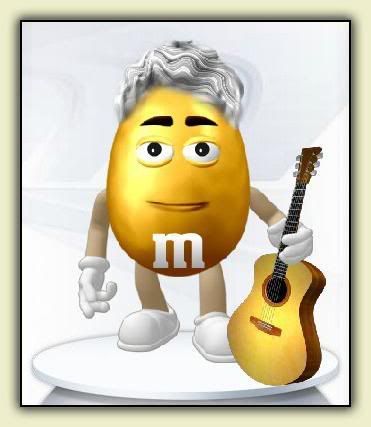

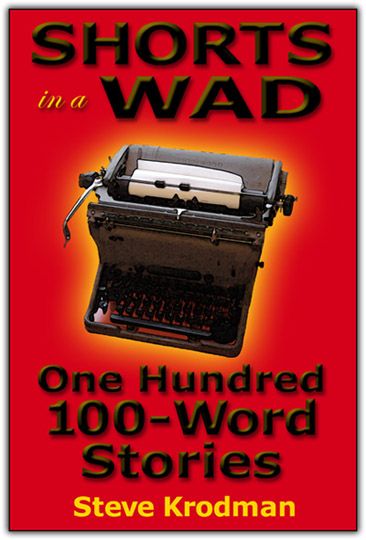
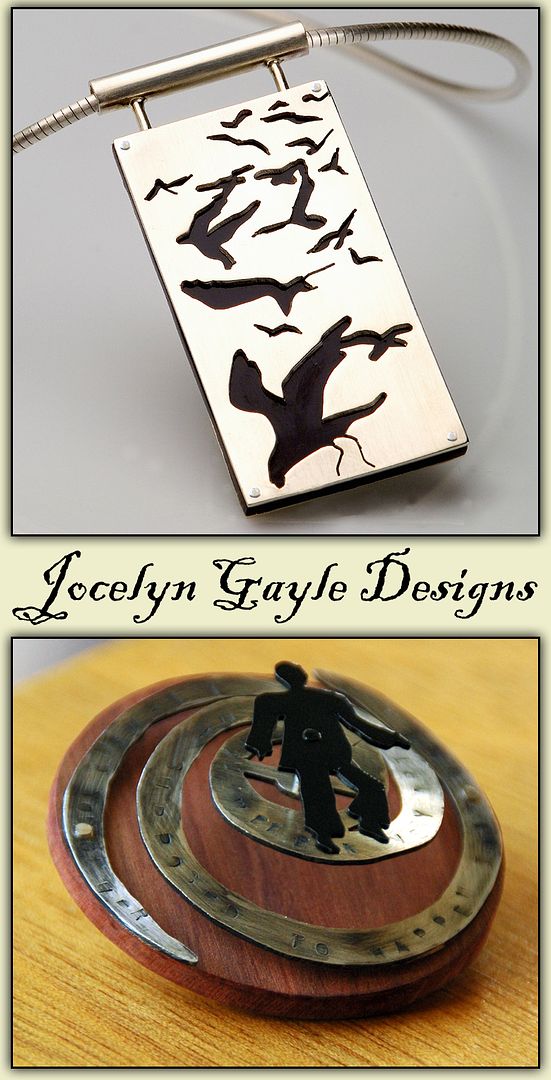



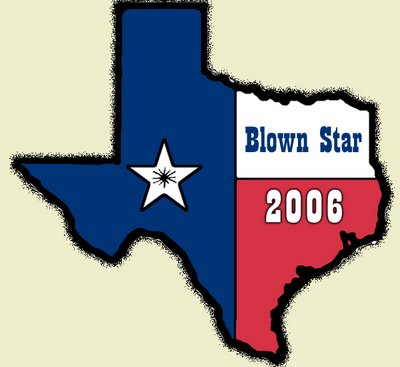




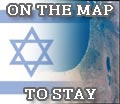







No comments:
Post a Comment